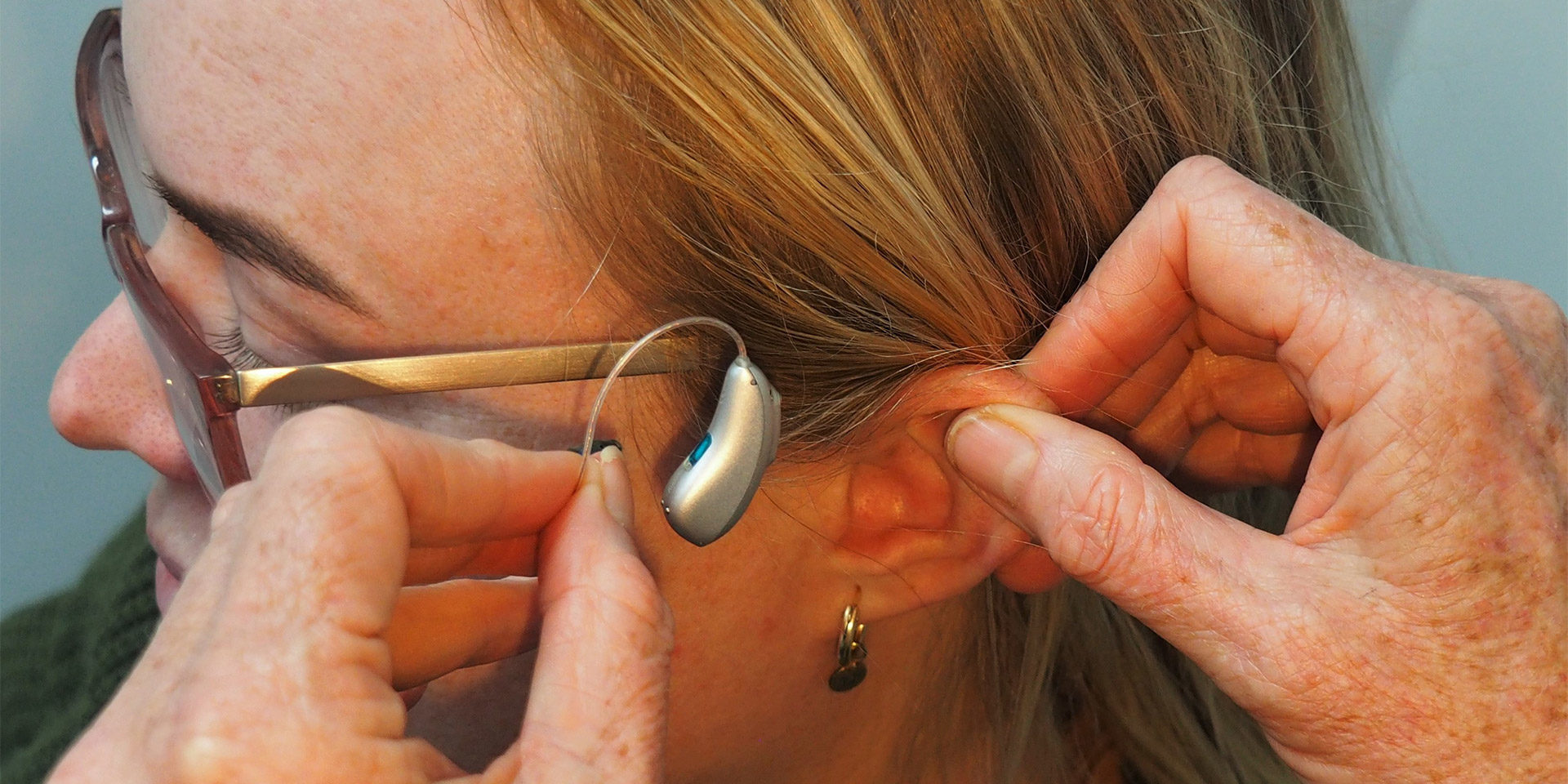What is a hearing aid and how do you clean yours?
Hearing aids are devices that amplify sound and help individuals experiencing any hearing impairments by providing them with the ability to hear better.
Hearing aids not only aid in hearing, but they also improve speech comprehension with people who have damage to the hair cells in the inner ear, which comes from disease, aging, or injury from noise or certain medicines.
The greater the damage to a person’s hair cells, the more severe the hearing loss. Another benefit of hearing aids is that they magnify sound vibrations entering the ear.
Components of a Hearing Aid
All hearing aids have the same parts.
- Microphone
Microphones pick up different sounds and convert them to electric signals that can be understood by the user. Microphones can distinguish sounds, such as speech and background noise, and process them to make a seamless hearing experience.
- Amplifier
An amplifier is the computer or motherboard of the hearing aid taking the electric signals received from the microphone and converting them into digital signals that are transformed into sound.
- Receiver
The receiver enhances the soundwaves that meet the hearing loss needs of the user. The Receiver converts the signal sent from the amplifier.
- Battery
The hearing aids power source.
- Volume Control
Enables users to adjust sound intensity
Types of Hearing Aids
Although all hearing aids have the same parts, they don’t all look the same.
- Behind-the-ear
In a behind-the-ear hearing aid, the majority of the parts are kept in a small plastic case that rests behind the ear. The case is connected to an earmold. A smaller version of this, a mini BTE, also known as “on-the-ear” aid. Mini BTEs also fit behind the ear but are smaller.
- In-the-ear
An in-the-ear hearing aid fits completely inside the outer ear. All parts of the hearing aid are contained in a shell that fills in the outer part of the ear. Generally used for mild to severe hearing loss, ITEs contain a telecoil, which makes it easier to hear phone conversations.
- Canal
Canal aids are made of tiny cases that fit partly or completely into the ear canal. Because of their size, they offer cosmetic and some listening advantages. Canal aids are used for mild to moderately severe hearing loss. A deficit of canal aids is that they can be difficult for a person to adjust and remove. Also, canal aids have less space for batteries and telecoils.
If you’re experiencing hearing loss, then a hearing aid can seem like a saving grace. Like with any device, hearing aids must be cleaned. Below are some tips on properly cleaning hearing aids. These tips can be used for any type of hearing aid.
- Wear gloves while cleaning your hearing aids to avoid the transmission of germs and viruses like COVID-19.
- Make sure to use a clean, dry cloth for wiping over the hearing aids daily
- Utilize a wax pick to remove that may have amassed in the hearing aid’s tube
- Use a soft-bristle toothbrush to remove additional debris from the hearing aid
When cleaning a behind-the-ear hearing aid, be sure to carefully remove the earmold from the hook to avoid damage. Earmolds should be wiped over to remove any debris.
Remove the batteries and wipe the inside of the battery compartment with the soft toothbrush.
Once a week, soak the earmold in water. This will prevent the ear molds from discoloring.
When cleaning in-the-ear or canal hearing aids, make sure you do so daily. Use the soft-bristled toothbrush and gently clean the openings of the device. This will remove any wax build up in the openings. Always point the hearing aid downwards when cleaning the openings so debris can drop out.
Use the wax pick to gently remove any debris that is missed by the brush. Wipe over the casing of the hearing aid with a clean, soft cloth.
Hearing aids are an investment that requires care for them to work efficiently. The easiest way to care for them is to make sure you are cleaning your hearing aids regularly. Should you experience any problems with your hearing aid you should reach out to your audiologist. If you’re in need of an audiologist, click here to find one in your area.


